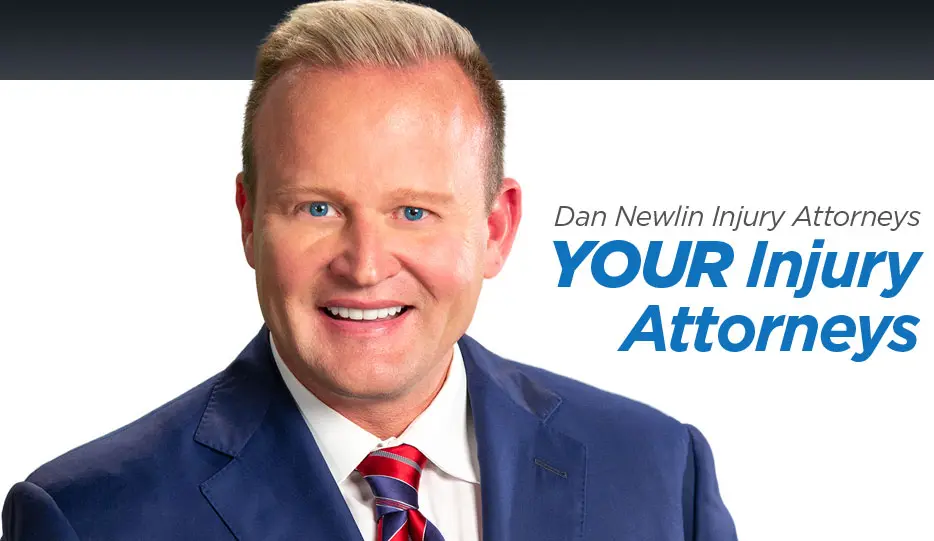FAQ's: Your Questions Answered
What is negligence and how is it proved in a medical malpractice case?
Because medical malpractice claims involve the breach of a civil duty (as opposed to a contractual duty) that is owed to someone else, medical malpractice is considered a tort crime. Necessary for the success of any tort action is a strong showing of negligence or the breach of the standard of care owed to another person. Oversight, in terms of a medical malpractice claim, means that because of the trusting, confidential relationship between a health care provider and a patient, and because of a doctor’s special skills and training, doctors owe their patients a special duty of care not normally owed to any given person from another. By establishing the applicable standard of care required in a given patient’s case, while also showing where a given medical professional deviated from the applicable standard of care, a patient can prove where negligence did occur. In essence, without a definitive answer concerning the appropriate standard of care in a given case, a patient’s claim of negligence is without merit, save for rare circumstances.
While state law generally determines how negligence is defined, the “standard of care” is generally defined by the medical community. It’s not the measure of what is optimum care or even the measure of what an expert thinks should have been done in hindsight. The issue is whether any reasonable physician could have done what the doctor in question did, based on the available information. Help to define “acceptable practice” can come from a medical expert’s experience, medical texts, literature, and publications from groups such as the American Medical Association. However, in most cases the standard of care the doctor deviated from must be established at trial by expert testimony. In some states, this expert testimony must be established before a victim can even initiate a lawsuit. In essence, the only definitive method to determine the applicable standard of care, where and when a breach of a standard of care (or negligence) occurred, as well as ascertaining whether a given instance of neglect caused a medical expert witness can only do damages. Through legal counsel, a patient will provide details and case-specific information to a third-party medical expert, who will testify concerning the elements of a given case, based on his or her professional opinion. In addition to expert testimony, negligence can be illustrated via the following means, among others:
Letters received from your hospital or health care provider
Medical receipts
Test results
Information related to your diagnosis
Doctor’s notes
Pictures of your injuries
Any personal log entries recorded regarding your medical history
Certain cases, albeit only a fraction of medical negligence claims, will not require any proof of the applicable standard of care. In short, the damages sustained by a given patient are obvious enough, per the view of a reasonable, third party, non-professional, to constitute negligence. Cases such as wrong-site surgeries, gross professional misconduct, and even wrong patient surgeries, are common examples. Typically, even in these cases, providing expert testimony is a good idea, but may not necessarily be required to prevail in court, per applicable state statutes governing medical negligence.
If you or a loved one have been injured as the result of a surgery, medication, or other medical treatment, and believe your injury may have been the product of medical malpractice, you need an attorney that has experience in dealing with medical malpractice claims by your side to make sure you receive all the benefits and compensation you are entitled to as a result of your injury. You need experienced and aggressive attorneys like Dan Newlin Injury Attorneys to help you get everything to which you may be entitled. Call us at 800-257-1822 for a free consultation and to have all your questions answered regarding your injury.

















